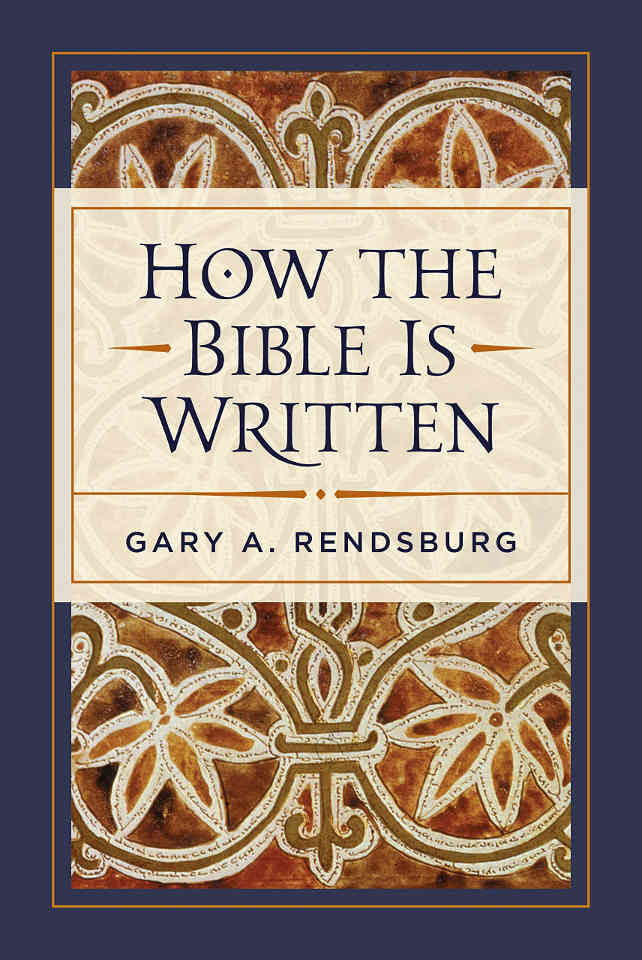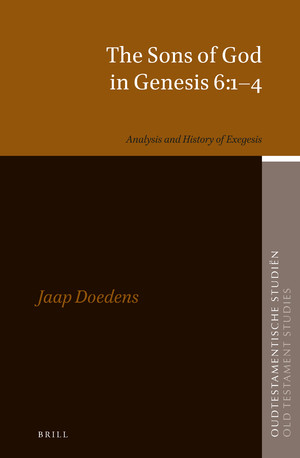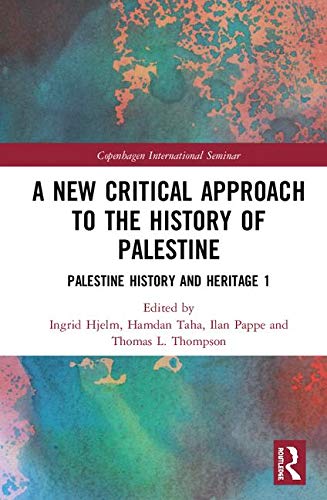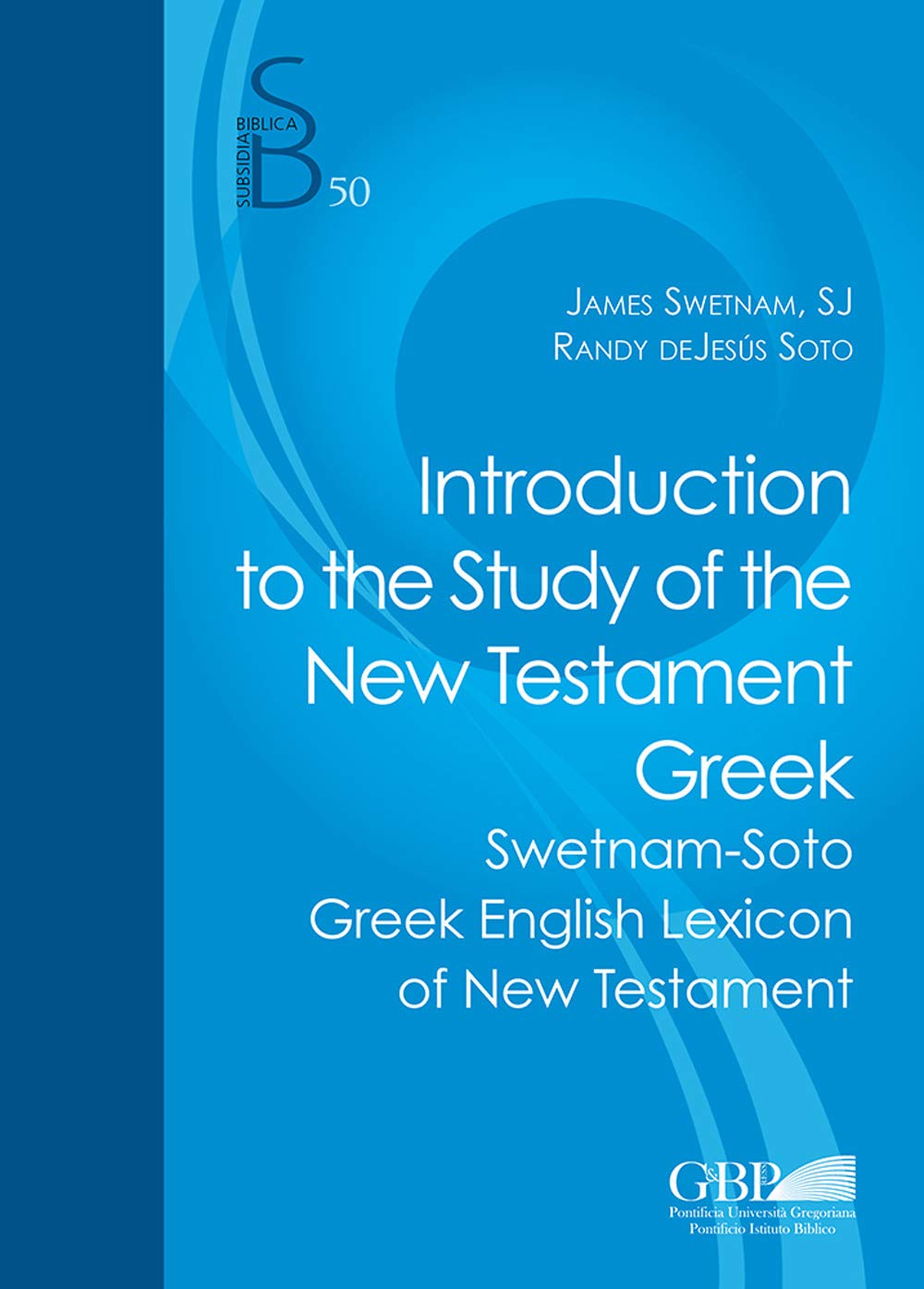O professor Jair Carlesso, do Itepa Faculdades (Faculdade de Teologia e Ciências Humanas – Passo Fundo – RS) catalogou os artigos bíblicos das revistas REB, RIBLA e Estudos Bíblicos, da Vozes.
Esta catalogação contempla artigos de Bíblia das revistas:
EB – Estudos Bíblicos: do n. 1 (Março/Maio 1984) ao n. 137 (Janeiro/Março 2018)
REB – Revista Eclesiástica Brasileira: do v. 26, fasc.1 (1966) ao v. 77, n. 308 (2017)
RIBLA – Revista de Interpretação Bíblica Latino-Americana: n. 1 a 68; 73 a 76
Confira online em Bibliografia Bíblica Latino-Americana – 10 de outubro de 2018
Ou acesse e baixe o arquivo em pdf aqui ou aqui.
Sobre as revistas
Estudos Bíblicos
Estudos Bíblicos nasceu como um anexo da REB – Revista Eclesiástica Brasileira – publicado a partir de 1984, tornando-se, depois, uma revista independente, com periodicidade trimestral. O primeiro anexo foi publicado na REB vol. 44, n. 173, 1984.
Estudos Bíblicos é uma revista elaborada por estudiosos de Bíblia, preocupados em tornar a mensagem bíblica mais compreensível e útil para a vida cristã. Por isso seus colaboradores procuram apresentar ensaios em nível mais popular. Usando critérios de cientificidade, buscam tornar o texto bíblico mais acessível a um público mais amplo.
Estudos Bíblicos é uma revista de caráter ecumênico. Seus colaboradores representam diferentes Igrejas, como a Católica, a Luterana, a Metodista, a Anglicana, a Presbiteriana e a Batista.
 Destina-se a professores e estudantes de Teologia, sacerdotes, pastores, agentes de pastoral das diferentes Igrejas Cristãs, bem como a todos os interessados num conhecimento mais profundo da Bíblia.
Destina-se a professores e estudantes de Teologia, sacerdotes, pastores, agentes de pastoral das diferentes Igrejas Cristãs, bem como a todos os interessados num conhecimento mais profundo da Bíblia.
A Revista tem editor responsável na pessoa de Fr. Ludovico Garmus. Conta com um Conselho de Redação, formado por representantes das supramencionadas igrejas, em âmbito nacional. Além disso, 8 equipes são constituídas, ecumenicamente, conforme uma divisão por regiões brasileiras. Por turno, estas equipes se responsabilizam por fascículos específicos, tendo um Coordenador para cada fascículo.
A impressão e divulgação foi, até 2020, feita pelas Editora Vozes, de Petrópolis.
A partir de 2021, a Estudos Bíblicos passou a ser publicada pela Associação Brasileira de Pesquisa Bíblica (Abib). A publicação no formato impresso foi suprimida em 2019, tendo um lapso de publicação no ano de 2020, sendo retomada e disponibilizada somente no formato on-line a partir de 2021, com periodicidade semestral.
Todos os números anteriores da revista estão sendo disponibilizados online em formato pdf. Clique em Arquivos, no menu, para acessar todos os números. A revista é de acesso livre. Totalmente gratuita. Leia mais sobre a revista neste novo formato, clicando aqui. E veja um vídeo aqui.
REB – Revista Eclesiástica Brasileira
Precedida pela revista COR (1939-40), a REB — Revista Eclesiástica Brasileira —, fundada em 1941 por Frei Thomás Borgmeier, no intuito de ser um elo de união do clero brasileiro disperso por imenso território e com dificuldade de comunicação, serviu como fórum onde padres e bispos, teólogos e pastores expuseram suas reflexões e narraram suas atividades.
Especificamente, de 1941 a 1952, a REB, tendo como Redator-Chefe seu próprio fundador, consolidou-se como o principal órgão teológico do clero nacional.
De 1952 a 1971, tendo à frente Frei Boaventura Kloppengurg, OFM, caracterizou-se pela defesa da fé católica e pela divulgação dos documentos e dos ideais do Concílio Vaticano II.
De 1972 a 1986, com Frei Leonardo Boff à sua frente, veiculou sobretudo as intuições básicas da Teologia da Libertação, então em seus primeiros passos. Na fase atual, a REB mantém acesa a chama do ideal primitivo, realça as dimensões de eclesialidade e de ecumenismo e se adéqua às atuais tendências acadêmicas.
Seus destinatários são sacerdotes e pastores, teólogos e professores, agentes de pastoral e líderes comunitários, estudiosos da religião e todos quantos desejam acompanhar, de alguma forma, a atuação e a reflexão da Igreja Católica, particularmente no Brasil.
A REB é editada pelo Instituto Teológico Franciscano de Petrópolis, RJ, em parceria com a Editora Vozes e a Universidade São Francisco, de Bragança Paulista, SP.
A REB é quadrimestral e está disponível online.
RIBLA – Revista de Interpretação Bíblica Latino-Americana
A RIBLA é fruto de um amplo e longo movimento bíblico ecumênico na América Latina e Caribe. Ela nasceu num encontro de biblistas realizado em 1986, em São Bernardo do Campo, e o primeiro número foi publicado em 1988. A revista é publicada simultaneamente em português e espanhol três vezes ao ano.
 Desde seu lançamento em 1988, entre outras revistas irmãs do movimento bíblico ecumênico de contexto latino-americano, a RIBLA tem sido uma persistente voz que se lança desde a experiência de fé e luta das comunidades da América Latina e Caribe.
Desde seu lançamento em 1988, entre outras revistas irmãs do movimento bíblico ecumênico de contexto latino-americano, a RIBLA tem sido uma persistente voz que se lança desde a experiência de fé e luta das comunidades da América Latina e Caribe.
Suas raízes, assim, alcançam as profundezas sociais e existenciais dos povos que deram origem à Bíblia e as experiências de fé e luta das populações da América Latina e Caribe. Ao unir duas realidades tão distintas e, ao mesmo tempo, de reivindicações tão similares, a RIBLA propõe que dores, utopias e poesias dos pobres são mediações hermenêuticas decisivas e necessárias para a leitura bíblica. Seu escopo, por consequência, pensa a interpretação bíblica ecumenicamente, na pluralidade de métodos e contextos.
Faça o download de todos os números da RIBLA em espanhol no Centro Bíblico Verbo Divino.
Leia Mais:
Cahiers Évangile: lista cronológica








